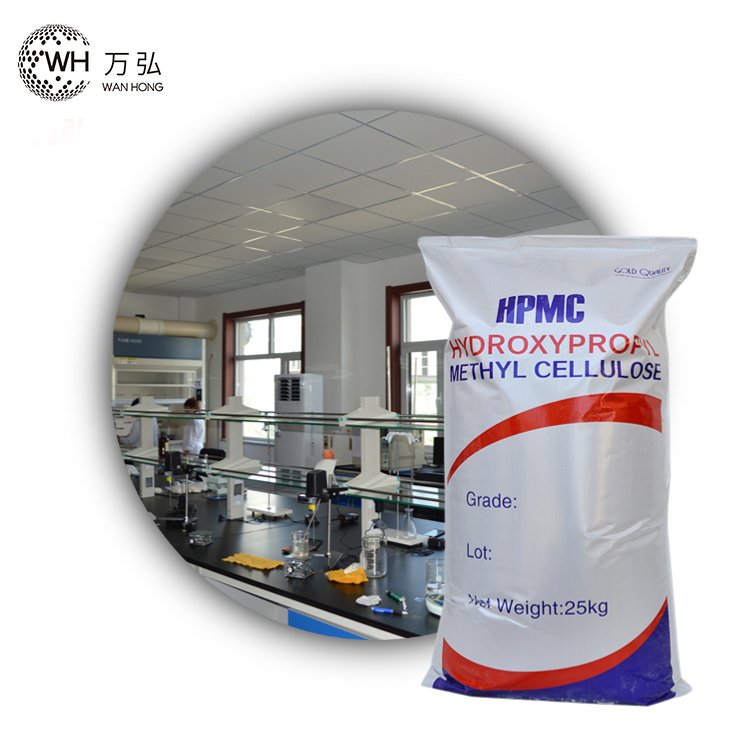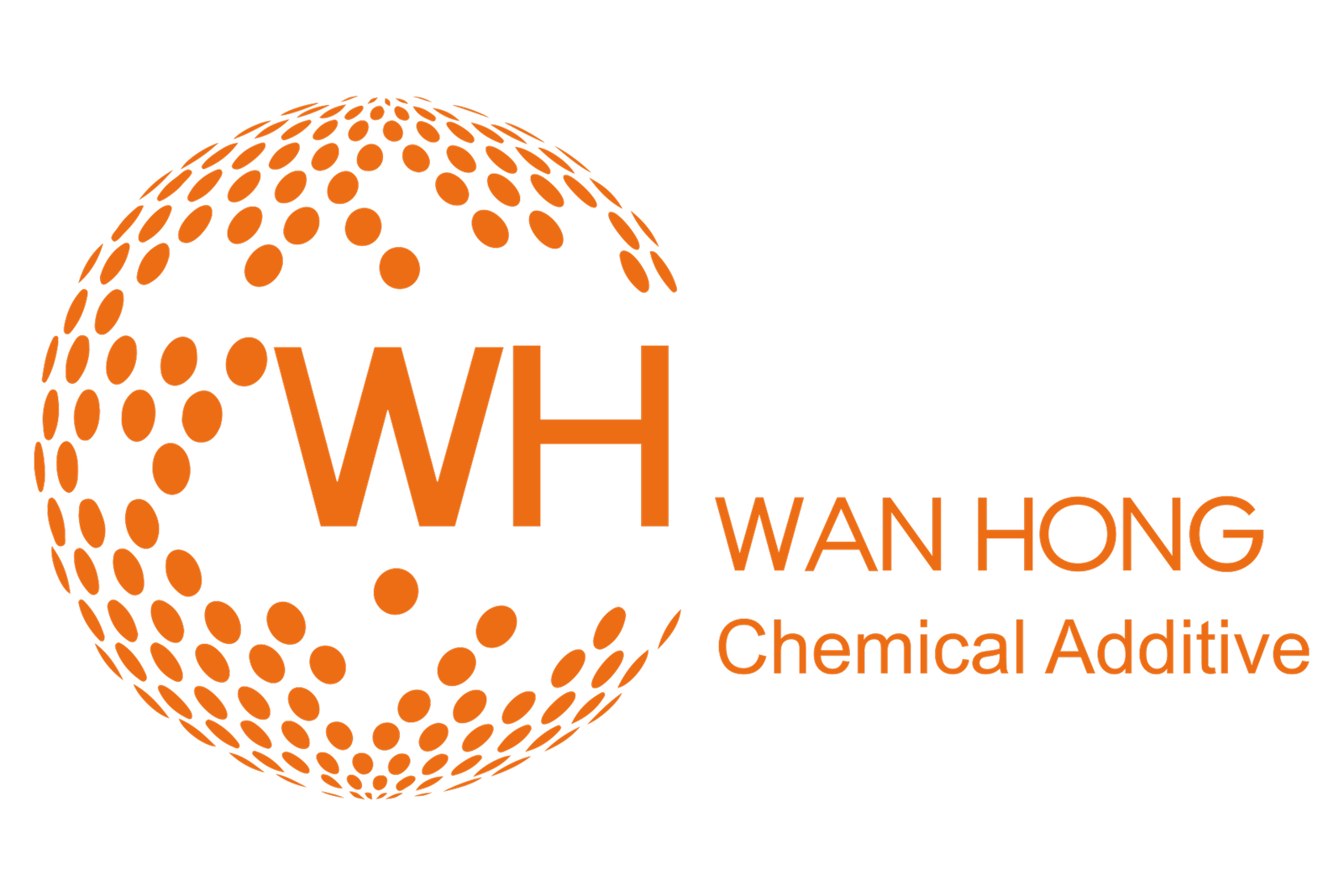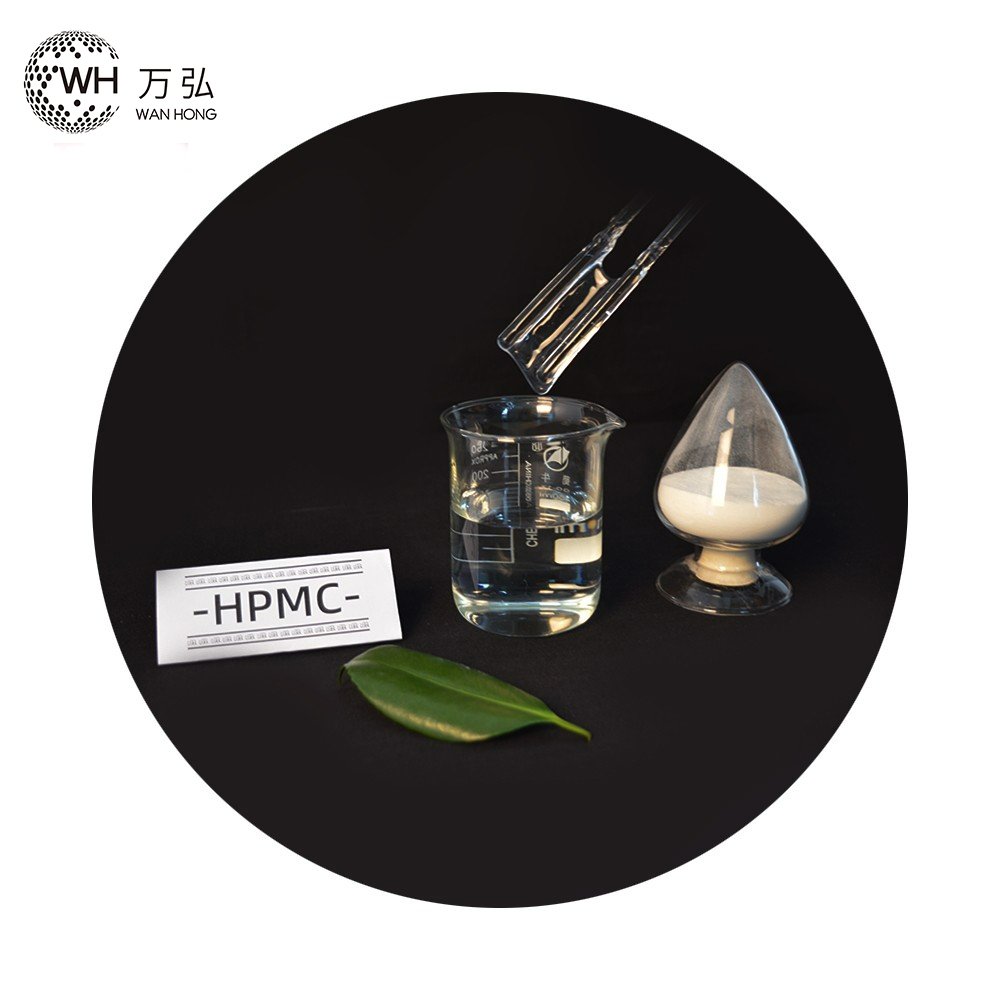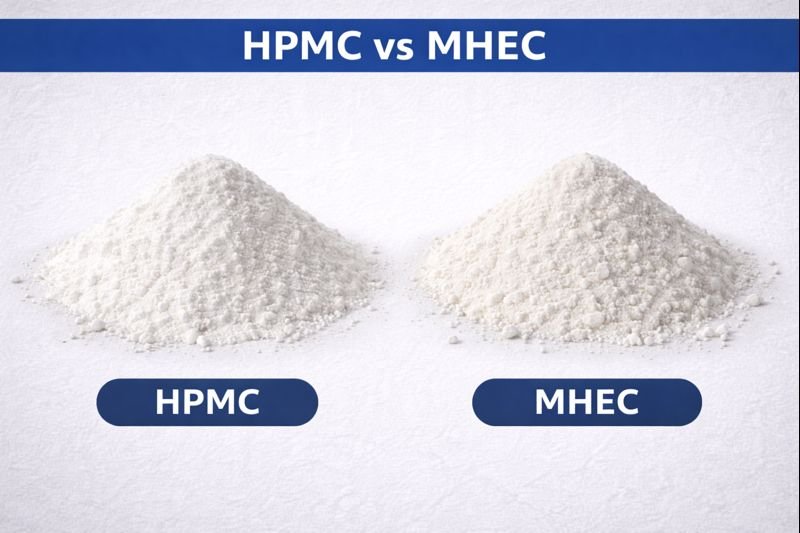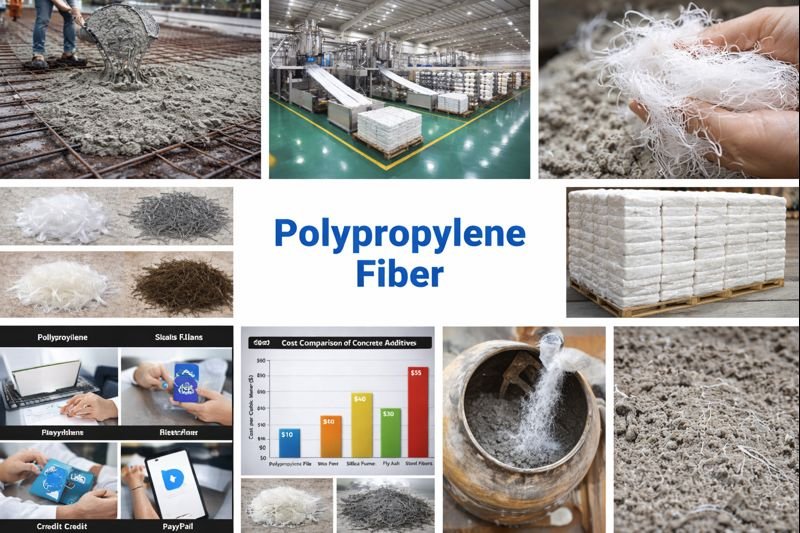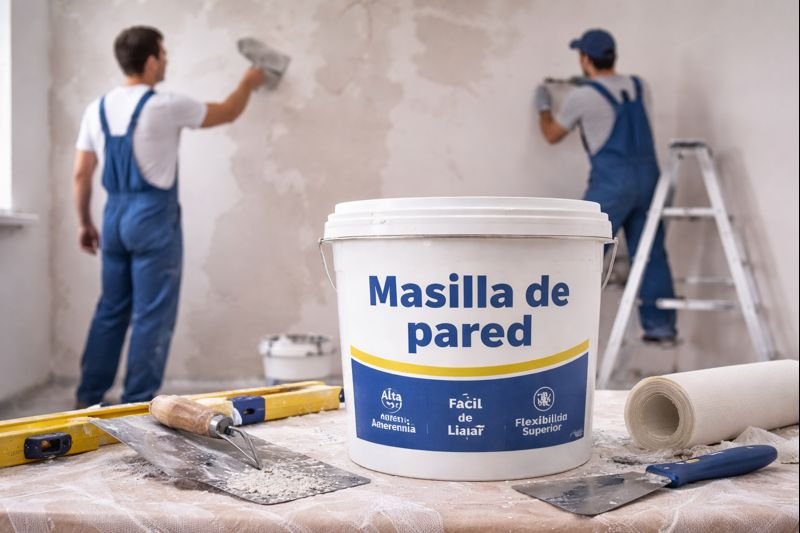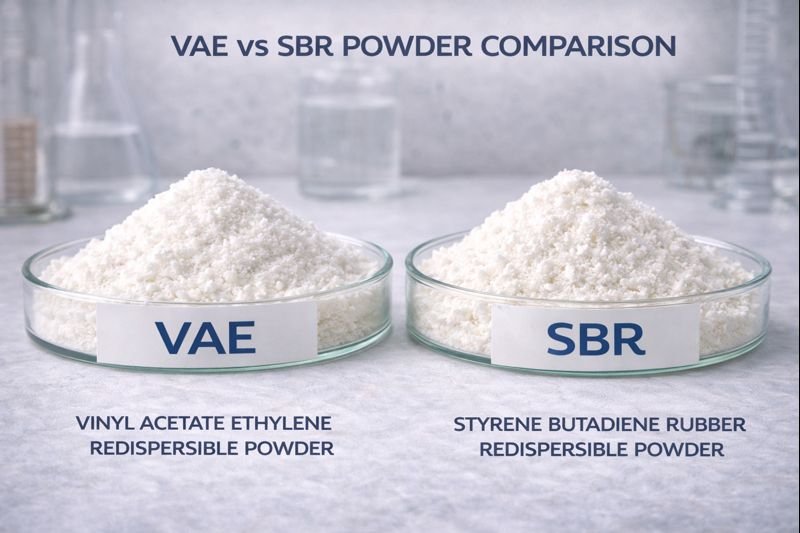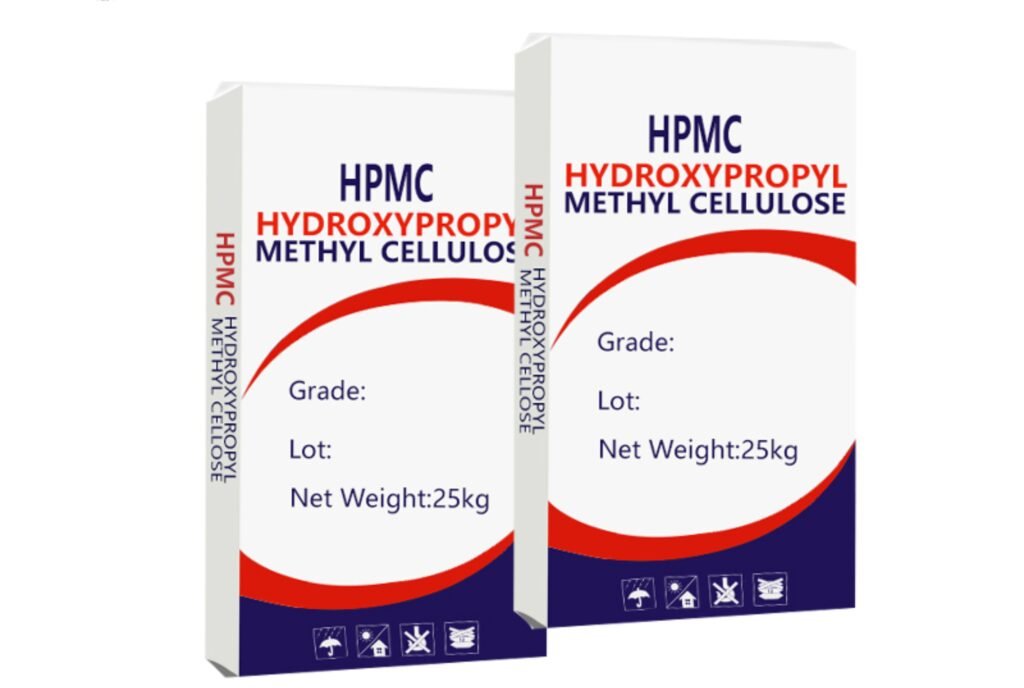Hydroxypropyl Methyl Cellulose (HPMC) is a versatile polymer used in a wide range of industries such as construction, pharmaceutical, food and cosmetic grades. Its diverse applications stem from its unique properties such as thickening, adhesion, film formation and slow release. However, producing HPMC of consistent quality requires a thorough understanding of the factors that affect its quality. In this blog, we take an in-depth look at the key factors that affect Hydroxypropyl Methyl Cellulose (HPMC) quality and how manufacturers can maintain and improve product quality.
1.Raw Material Selection:
The quality of Hydroxypropyl Methyl Cellulose (HPMC) depends to a large extent on the quality of its raw material—refined cotton (mainly cellulose). Raw cellulose from different regions or processed in different ways may result in variations in HPMC quality. Manufacturers must carefully select cellulose with the appropriate purity, particle size and degree of substitution to ensure consistent Hydroxypropyl Methyl Cellulose (HPMC) quality.
2.Degree of Substitution (DS):
DS is an important parameter for Hydroxypropyl Methyl Cellulose (HPMC), it refers to the relative amount of hydroxypropyl and methyl groups in Hydroxypropyl Methyl Cellulose (HPMC). The higher the degree of substitution, the better the water solubility and thickening of the Hydroxypropyl Methyl Cellulose (HPMC), but its water and temperature resistance will be reduced. Manufacturers must precisely control the DS during the synthesis process to meet the specifications required for a particular application. Variations in DS can result in inconsistent Hydroxypropyl Methyl Cellulose (HPMC) performance and quality.
3.Production Process:
The production process plays a crucial role in the quality of Hydroxypropyl Methyl Cellulose (HPMC). Factors such as reaction conditions, solvent selection, number of washes and purification techniques influence the quality of the final product. Optimal process parameters must be carefully established and closely monitored to ensure reproducible HPMC quality. Strict adherence to standardised processes and quality control measures is essential to minimise batch-to-batch variation.
4.Particle Size and Distribution:
The particle size and distribution of Hydroxypropyl Methyl Cellulose (HPMC) powders significantly affect their dispersibility, hydration and rheological properties. Uniform particle size distribution ensures consistent performance and facilitates the manufacturing process by improving flow and solubility. Manufacturers use a variety of grinding and sieving techniques to achieve the desired particle characteristics and improve product quality.
5.Moisture Content:
Moisture content is one of the key parameters affecting Hydroxypropyl Methyl Cellulose (HPMC). Excess moisture can lead to caking, microbial growth and degradation, thus affecting product quality and shelf life. Proper drying and storage conditions are essential to control moisture content and maintain HPMC integrity. Moisture analysis and moisture resistant packaging can help mitigate moisture related issues and maintain product quality during storage and transport.
6.Quality Control and Testing:
Rigorous quality control measures must be taken throughout the Hydroxypropyl Methyl Cellulose (HPMC) manufacturing process to ensure product consistency and conformance to specifications. Data from water retention tests, viscosity tests, ash tests, DS tests, etc. enable accurate assessment of Hydroxypropyl Methyl Cellulose (HPMC) quality.
Achieving and maintaining high quality standards in the production of hydroxypropylmethylcellulose requires close attention to a variety of influencing factors. From raw material selection and optimisation of the synthesis process to quality control and testing, each aspect contributes to the performance and reliability of the final product. By understanding and effectively managing these factors, we can provide quality Hydroxypropyl Methyl Cellulose (HPMC) products to meet the diverse needs of our customers in a variety of industries.
If you would like more information about Hydroxypropyl Methyl Cellulose (HPMC), please feel free to contact us or request a quote.
